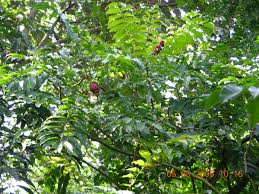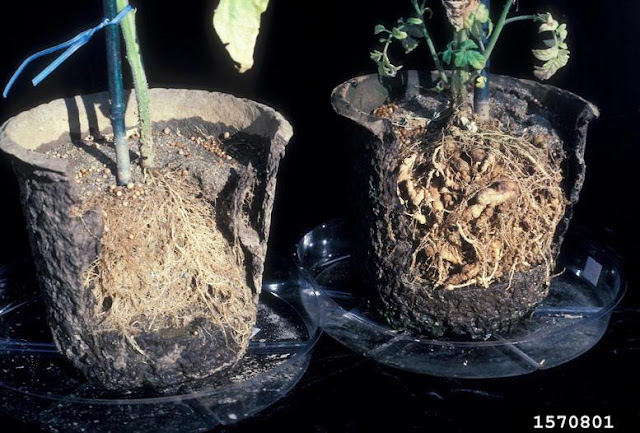- Pamphile Nguema Ndoutoumou*, Paul Ondo Ovono, Alain Serges Ondo-Azi, Audrey Wilson Ignanga Ignanga, Antoine Mitte Mbeang Beyeme
Pseudospondias microcarpa A. Rich is a tropical tree species, which is not domesticated despite its food and pharmacological potentials. This study aims at introducing its domestication using two types of substrate. The first substrate (S1) is a mixture of compost and local soil while the second substrate (S2) is only made of local soil.
The goal is to determine the best method of propagating P. microcarpa, among the following three techniques: direct sowing of seeds, cutting and layering. For the direct sowing, seeds germinated in 41.67 % and 29.16 %, respectively in the substrates S1 and S2. Besides, the axillary and foliar growth of the plantlets was identical in both substrates. These results are due to the composition of the substrates and to the phenological stage occurring at the end of the observations.
Out of the 55 % of cuttings which recovered, all the plantlets withered then dried out. The insufficiency of the photosynthetic reserves and the lack of formation of calluses introducing the roots formation explain these phenomena. About 83 % of marcotts formed adventitious roots regardless the substrate, which explains a predisposition of the substrates in the induction of the roots formation. Of the three techniques tested, layering was found to be the best method of propagation of P. microcarpa.
































